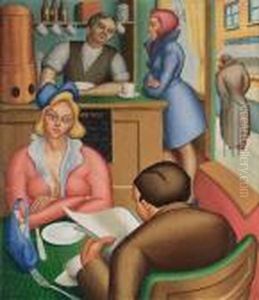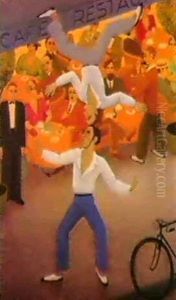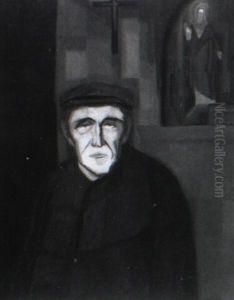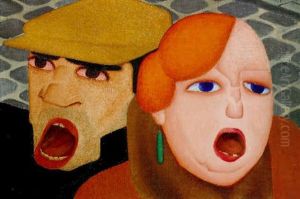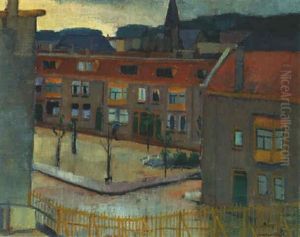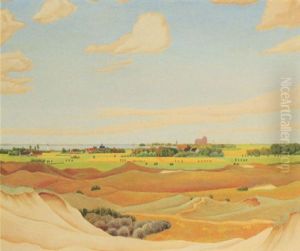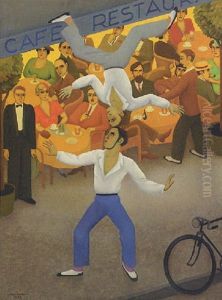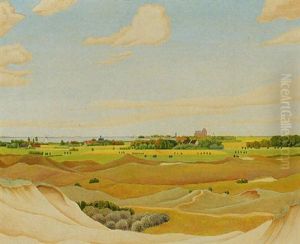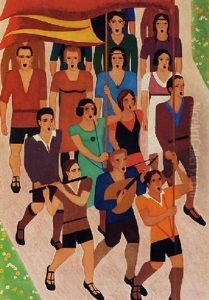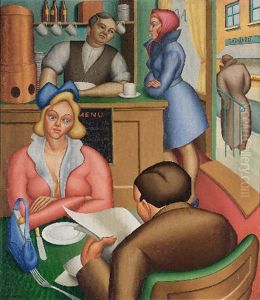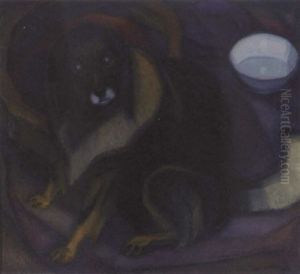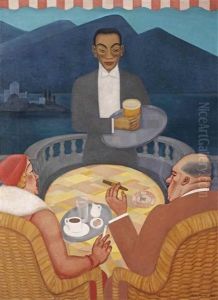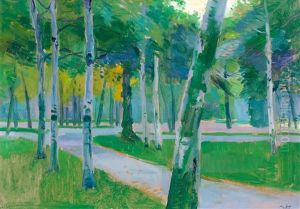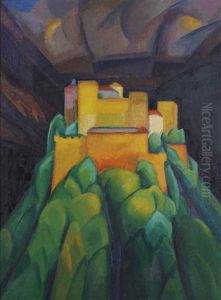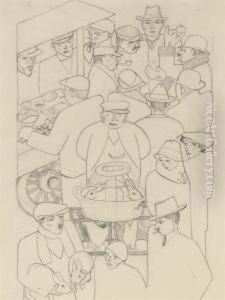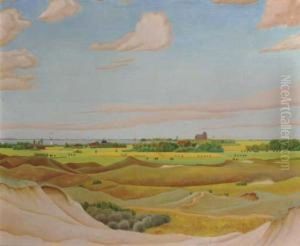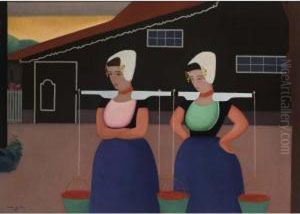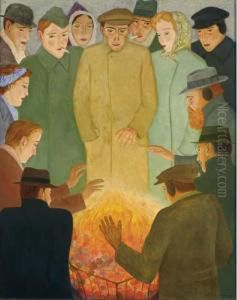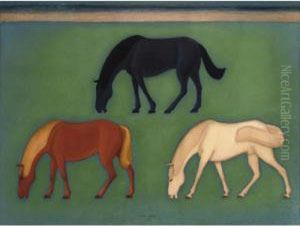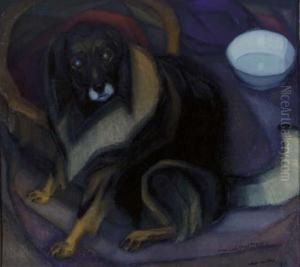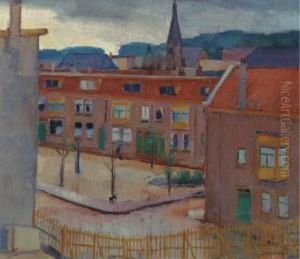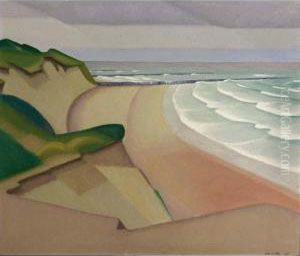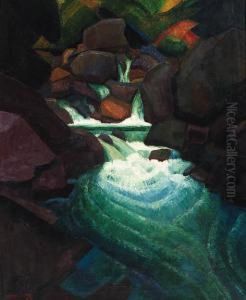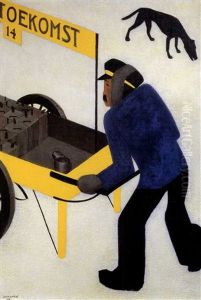Johan Van Hell Paintings
Johan Van Hell was a distinguished Dutch painter, watercolorist, and printmaker, whose work spanned the first half of the 20th century. Born on May 16, 1889, in Amsterdam, Netherlands, Van Hell showed an early interest in music before turning his focus to visual arts. His artistic journey began at the Rijksakademie van beeldende kunsten in Amsterdam, where he developed his skills and emerged as a versatile artist, proficient in various mediums.
Van Hell's artistic style evolved over the years, initially influenced by the Amsterdam Impressionism movement, but later he adopted a more expressionist approach, characterized by bold colors and dynamic compositions. His subjects varied widely, ranging from urban scenes and landscapes to social themes and portraits, reflecting his deep engagement with the social issues of his time.
Throughout the 1920s and 1930s, Johan Van Hell gained recognition for his contributions to Dutch art, particularly for his ability to capture the essence of everyday life with a critical yet empathetic eye. He was not only a prominent figure in the Dutch art scene but also actively involved in promoting music, believing in the symbiotic relationship between visual arts and music. This belief led him to illustrate music-related themes in his works and engage in projects that aimed to democratize access to music education.
During World War II, Van Hell's work took on a more somber tone, reflecting the hardships and the impact of the war on Dutch society. Despite these challenges, he continued to produce work that resonated with both critics and the public.
After the war, Johan Van Hell's contributions to art were increasingly recognized, and he participated in numerous exhibitions both in the Netherlands and internationally. His commitment to social causes and his unique artistic voice made him a respected figure among his contemporaries.
Johan Van Hell passed away on December 10, 1952, in Amsterdam, leaving behind a rich legacy that continues to be celebrated for its artistic merit and social relevance. His work remains an important part of Dutch art history, offering insights into the cultural and social landscape of the Netherlands during a transformative period in the 20th century.
